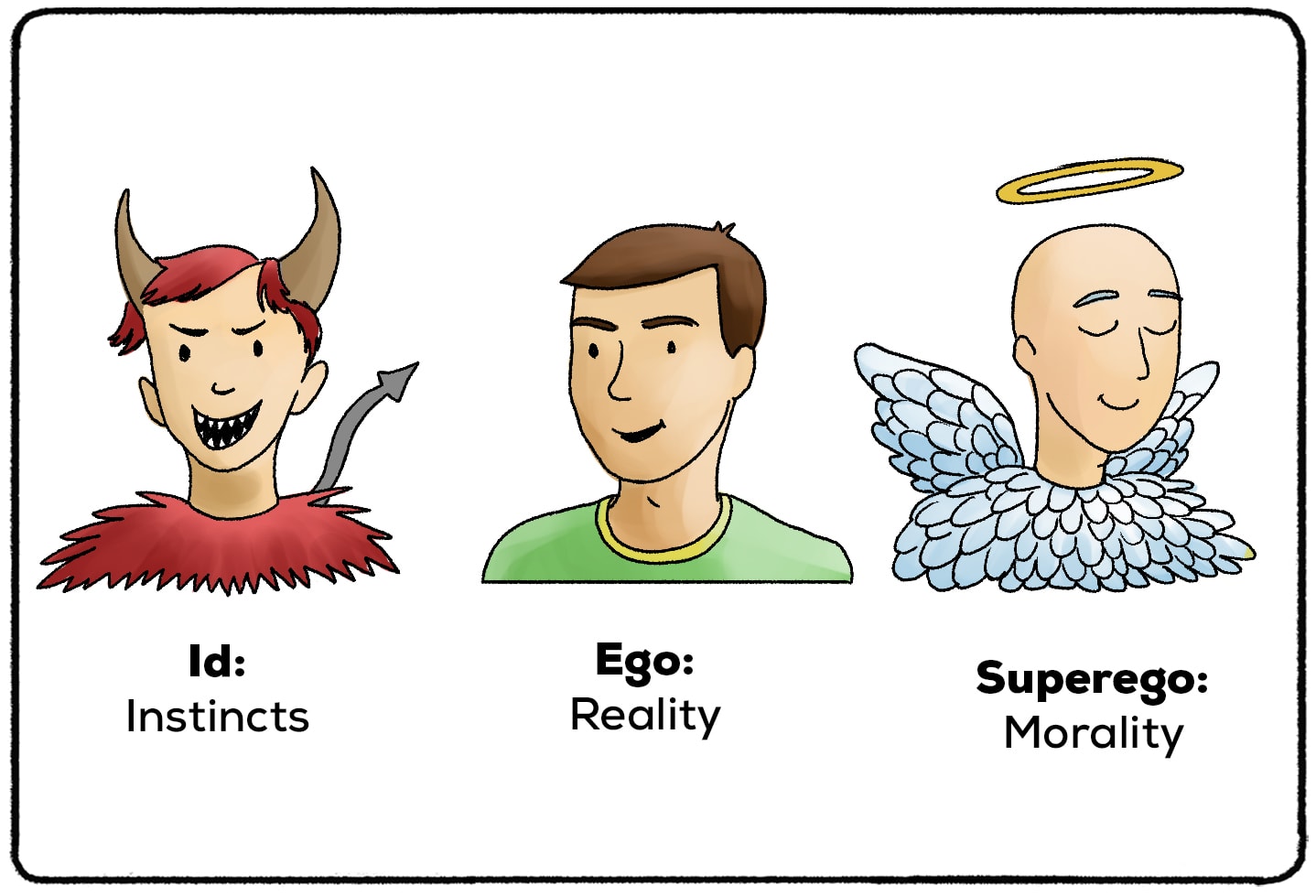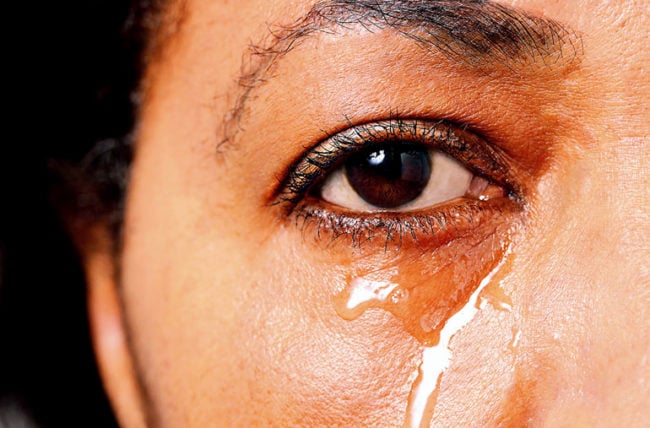Introduction :
A psychological strategy known as psychodynamic theory focuses on the unconscious mechanisms and internal conflicts that influence a person’s beliefs, feelings, and behaviour. Sigmund Freud created it, and it has since changed and grown as a result of the contributions of several thinkers and practitioners.
The core tenet of psychodynamic theory is the notion that unconscious urges and wants, many of which have their origins in early infancy, have a profound impact on how we behave. This viewpoint holds that the id, ego, and superego are three interconnected parts of the mind.
The Id: The id stands for our innate and primal tendencies. It runs on the pleasure principle and seeks the fulfilment of our most fundamental wants and desires, such hunger, thirst, and sexual inclinations. The unconscious id seeks pleasure and avoids pain without taking societal conventions or repercussions into account.
The Ego: Early in life, the id gives way to the ego, which functions according to the reality principle. It serves as a liaison between the id and the outside world, taking into consideration social conventions and the needs of reality. The ego looks for practical and socially acceptable solutions to appease the id’s goals while preventing unfavourable outcomes.
The Superego: The superego, which embodies our internalised moral norms and ideals, develops during childhood. It takes into account society norms and standards as well as parental and authoritative figures’ ideas and expectations. When we transgress the moral norms of the superego, which serves as our conscience and strives for moral perfection, we frequently experience shame and worry.
Defence mechanisms—unconscious tactics the ego uses to shield oneself from distress and preserve psychological equilibrium—are another important concept in psychodynamic theory. Repression, denial, projection, displacement, and sublimation are a few of these defence strategies.
The idea of psychosexual development is another important idea in psychodynamic theory. According to Freud, people go through a number of psychosexual phases, each of which is characterised by an emphasis on a distinct erogenous zone and the tensions that go along with it. The successful resolution of disputes at each of these stages—oral, anal, phallic, latency, and genital—is thought to promote healthy development.
An method to psychotherapy that emerged from psychodynamic theory is known as psychodynamic therapy or psychoanalysis. It seeks to assist people in understanding and resolving their unconscious conflicts in order to reduce psychological symptoms and foster personal development. The therapy method frequently involves free association, dream analysis, and transference and resistance interpretation.
Conclusion :
Although the psychodynamic theory has made a great contribution to psychology, it is crucial to remember that it has also been under fire and been challenged by other ideas. In order to provide a more thorough knowledge of human behaviour and mental health, contemporary psychodynamic techniques have included new views and concepts, incorporating discoveries from developmental psychology, attachment theory, and neuroscience.
Psychodynamic theory




